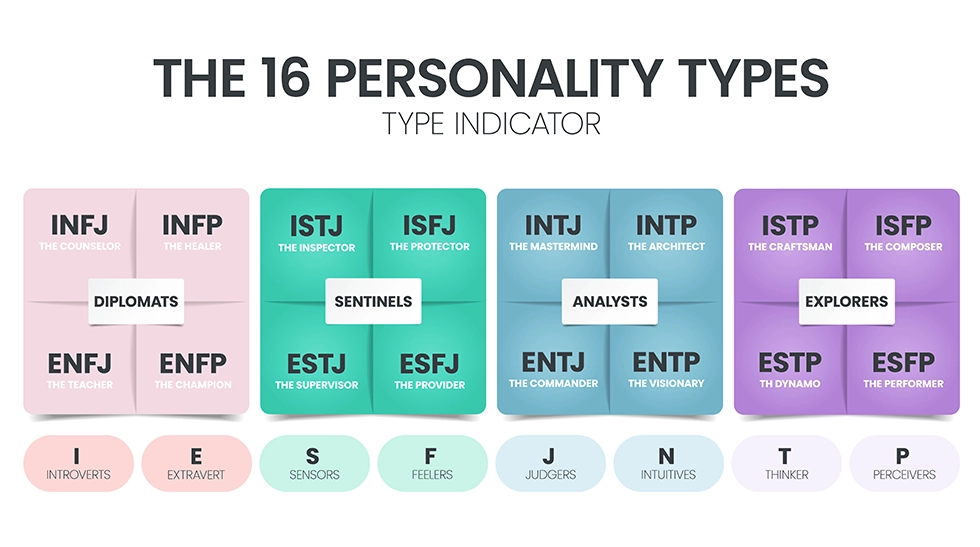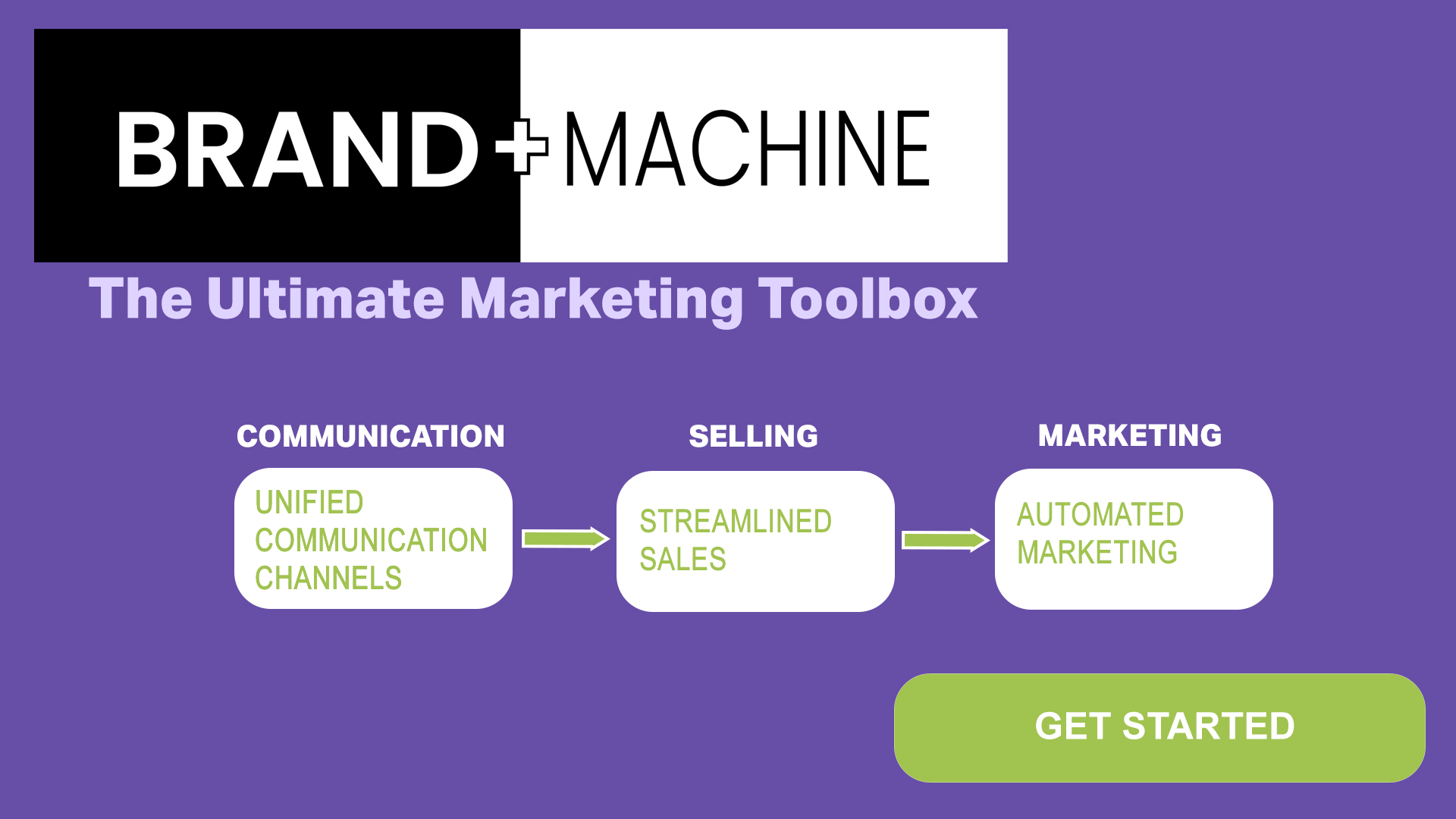This should be our guiding principle in content creation, marketing, product development, and business as a whole: “When you create for everyone, you create for no one.” If you consider nothing else in 2024, seriously consider this, and we promise it will take your business to the next level.
The Pitfall of Universal Appeal
Creating content designed to appeal to everyone might seem like a good idea, but
Generic Appeal = Limited Engagement:
Crafting content without a specific audience in mind leads to a lack of the tailored touch that resonates with individuals. You’re stuck competing in the noise and missing valuable opportunities to connect with your niche demographics, understand their needs, and address them effectively.
YOU’RE NOT CAKE; YOU CAN’T BE LIKED BY EVERYONE.

But let’s say you were cake. You want people to choose you from the menu (high conversion rates). You want them to choose you every time (brand loyalty).
Two things personalization gets you;
Brand Loyalty
Creating content tailored to individual needs and desires shows that you care, which inspires your audience to also care about your brand, increasing engagement rates and encouraging brand loyalty.
Higher Conversion Rates
Personalization increases the relevance of a business’s value proposition to its visitors by speaking their language and meeting their expectations, which, at the very least, will turn a casual page visitor into a newsletter subscription and, at best, will turn into more money in your bank account – every business’s dream.
How to Personalise Effectively
- Know Your Audience: Conduct in-depth audience research to understand demographics, preferences, and pain points.
- Create Buyer Personas: Develop detailed buyer personas to personify your ideal customers. This helps tailor content and products to their specific needs.
- Segment Your Audience: Divide your audience into segments based on common characteristics for more targeted and relevant content creation.
- Customise User Experiences: Leverage data to create personalized user experiences on your website, in your app, or through targeted email campaigns.

Examples of Content To Gather Personalized Data
- Interactive Quizzes and Surveys: Ask questions related to user preferences, behaviours, or opinions. Ensure the questions are relevant to your goals and provide valuable insights into your audience.
- Interactive Calculators: Develop calculators allowing users to input data relevant to their situation, providing personalized results. This could be anything from financial calculators to health-related metrics. The data collected can offer insights into user needs and preferences.
- Personality Assessments: Personality quizzes or assessments can be both fun and insightful. Users enjoy discovering more about themselves, and you can collect valuable data on their personality traits or preferences. Use the results to tailor your content or recommendations to suit individual user profiles better.

Examples of companies that have successfully implemented personalization.
- Netflix: Netflix uses personalization algorithms to recommend movies and TV shows based on user’s viewing history and preferences. Getting feedback from users on how they rate the show they just finished watching helps Netflix know what shows to keep recommending, and this creates a good experience for users so whenever they log in to their accounts, they know that they can find something that’s a match for them.
- Spotify: Spotify uses personalization to curate music playlists and recommendations for users. The platform analyzes listening habits, creates personalized playlists like Discover Weekly, For You, and tailors radio stations to match individual music preferences.
- Starbucks: The Starbucks app suggests personalized drink recommendations based on past purchases, and the loyalty program offers personalized rewards and discounts.
- Nike: Nike’s personalized marketing strategies include the NikeID platform, where customers can customize their shoes, and the Nike Training Club app, which provides personalized workout recommendations based on individual fitness goals.

Avoiding Common Pitfalls
- Over Personalization: Striking the right balance is crucial. Over personalization can lead to invasive experiences that make users uncomfortable.
- Neglecting Data Security: While personalizing content, use ethical and secure methods of user data collection to build trust.
- Ignoring Feedback: Personalization is an ongoing process. Ignoring feedback or failing to adapt to changing audience preferences can lead to stagnation.
We’ve covered a lot here, and perhaps you knew all of it before, but chances are, if you’ve stayed this far, you still want to learn and do more for your business. You can read more of our insightful articles here or subscribe to our newsletter here, or if you’re feeling really fired up, call us, and we could start working together to skyrocket your business.

